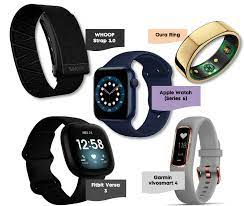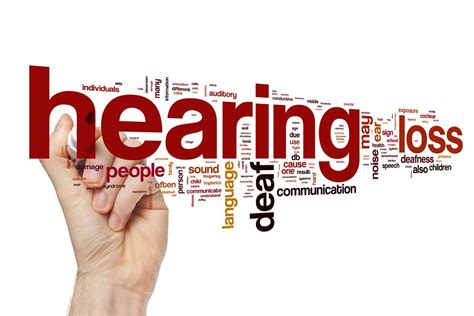Older adults can save tens of thousands of dollars annually by choosing assisted living communities over aging in place in their homes.
Unlike point solutions, Inspiren unifies resident safety, care planning, staffing, and emergency response into a single AI-powered platform.
An artificial intelligence-powered virtual assistant platform for senior living and care providers.

 Not your mother’s pendant or your father’s blood pressure cuff. Today’s wearables, adopted by only a small percentage of older adults, have possibilities for helping many. Research interviews for
Not your mother’s pendant or your father’s blood pressure cuff. Today’s wearables, adopted by only a small percentage of older adults, have possibilities for helping many. Research interviews for  April 2021 – the season for tech surveys.
April 2021 – the season for tech surveys.  First the ‘good news’ about tech adoption…
First the ‘good news’ about tech adoption…  devices make up an $81.5 billion global market in 2021. According to Gartner’s
devices make up an $81.5 billion global market in 2021. According to Gartner’s  Pew Research just published its periodic survey about Internet use. Let’s assume consensus that growing the percentage of those using the Internet was a social good. Let’s assume that many are now concerned that older adults may have missed vaccine sign-up opportunities without access to the Internet. Pew’s survey
Pew Research just published its periodic survey about Internet use. Let’s assume consensus that growing the percentage of those using the Internet was a social good. Let’s assume that many are now concerned that older adults may have missed vaccine sign-up opportunities without access to the Internet. Pew’s survey  Do consumers trust technology? Not so much -- just ask them. This question was asked on a recent
Do consumers trust technology? Not so much -- just ask them. This question was asked on a recent  March was an unusually innovative age tech month – now let’s get organized.
March was an unusually innovative age tech month – now let’s get organized.  Today or soon you will launch a boomer/senior, home care offering, wearable product or a new service to help seniors or other new market entrants. As your company gets ready to travel into an online event battle with a plethora of
Today or soon you will launch a boomer/senior, home care offering, wearable product or a new service to help seniors or other new market entrants. As your company gets ready to travel into an online event battle with a plethora of Hearing aids and music -- why is this so difficult to solve for the elderly? The pandemic isolated everyone, but it may have been even worse for the hearing-impaired. Consider the oldest -- they are aged 85 or 86, love music and enjoy getting together with others in restaurants. The man loses one of the uninsured hearing aids and has to switch to backups that
Hearing aids and music -- why is this so difficult to solve for the elderly? The pandemic isolated everyone, but it may have been even worse for the hearing-impaired. Consider the oldest -- they are aged 85 or 86, love music and enjoy getting together with others in restaurants. The man loses one of the uninsured hearing aids and has to switch to backups that